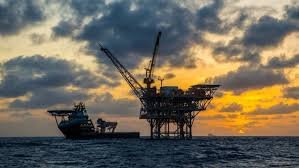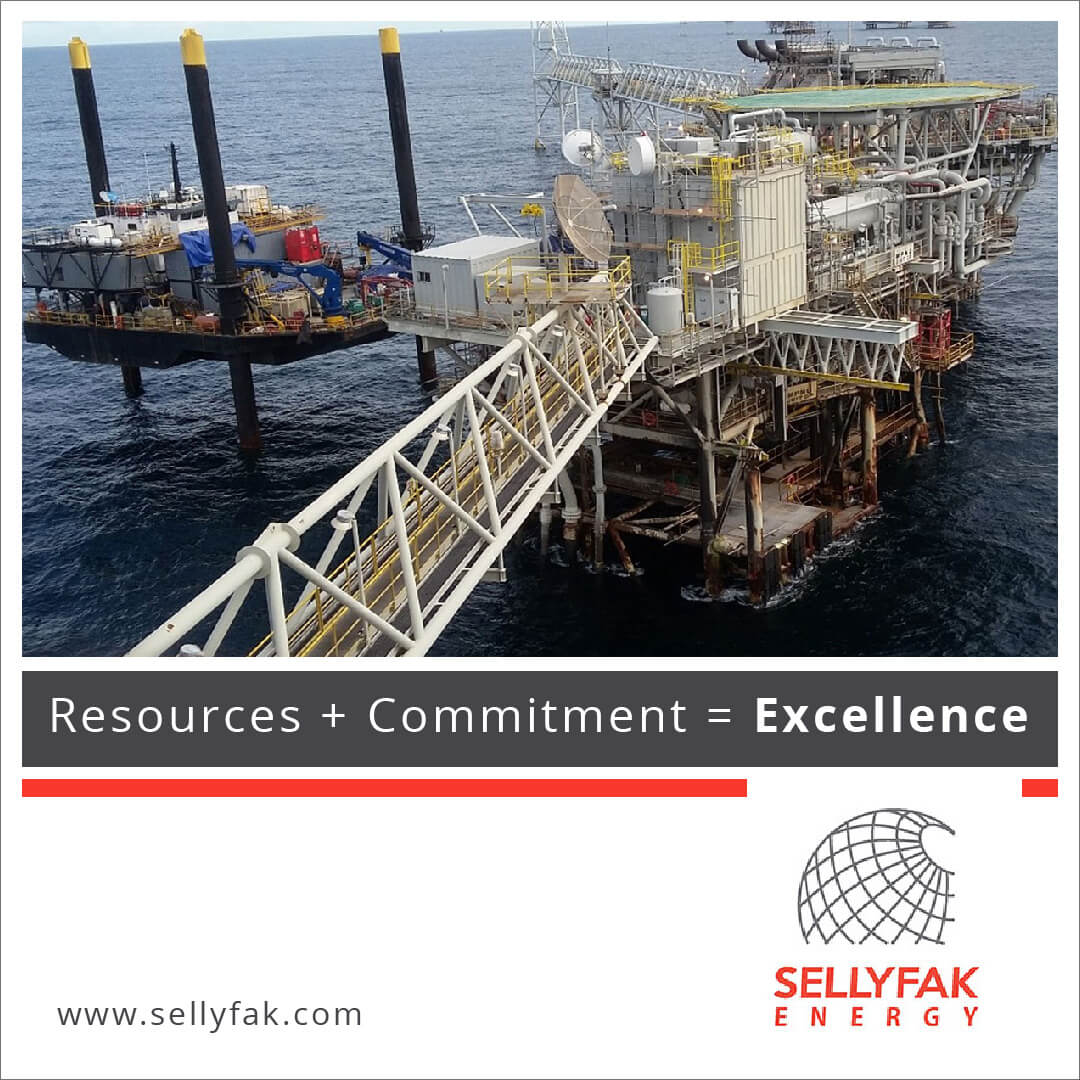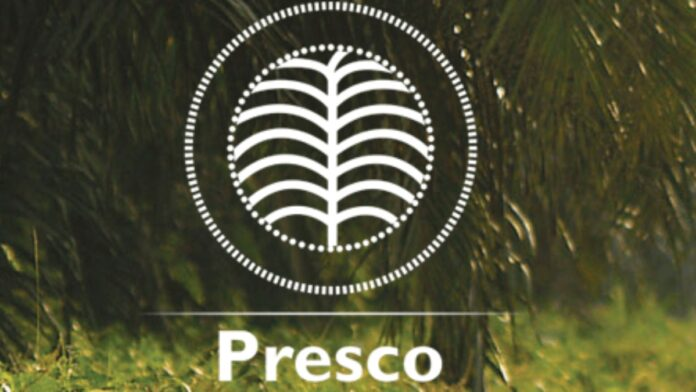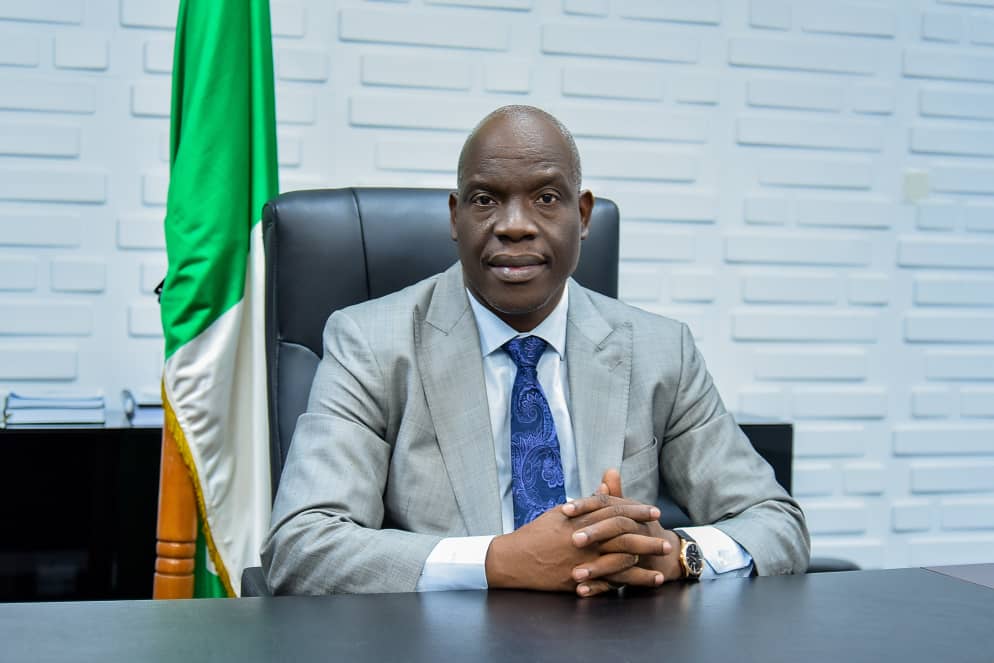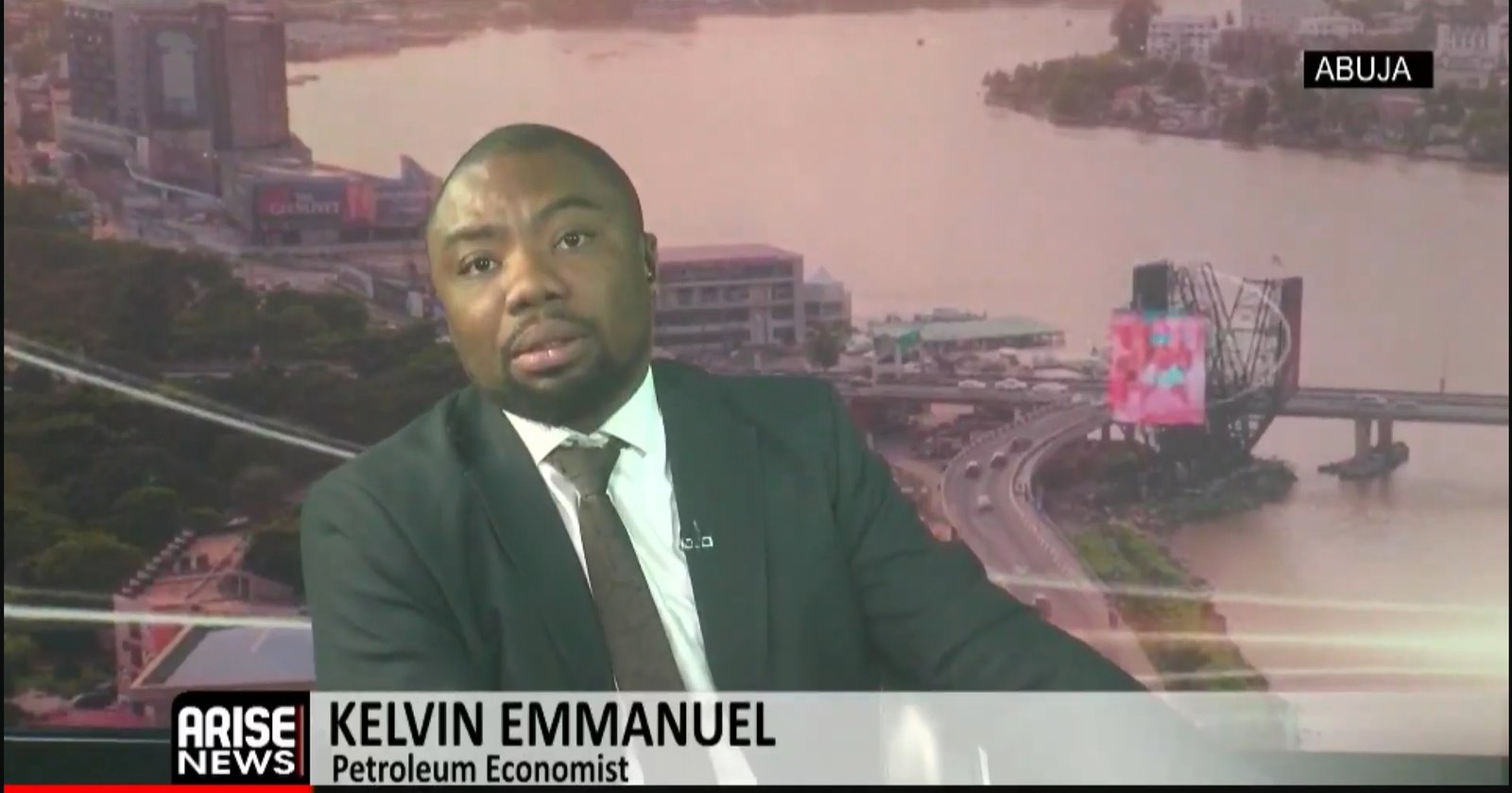BP has announced its biggest oil and gas discovery in a quarter of a century after successfully drilling a well in the Bumerangue field, located off the coast of Brazil.
BP chief executive Murray Auchincloss has been reorienting the company’s strategy to emphasize oil and gas while reducing its focus on renewables. In February, he announced plans to invest $10 billion annually—about 20% more than previously allocated—towards oil and gas exploration and production.
About The New Oil Field
The Bumerangue field lies in the Santos Basin, about 400 km from Rio de Janeiro, and covers more than 300 sq km—roughly five times the size of Manhattan. Gordon Birrell, BP’s head of oil production, described the find as a “significant discovery,” noting it is the company’s largest since the 1999 Shah Deniz discovery in the Caspian Sea, which holds around 35 trillion cubic feet of gas. Following the news, BP shares rose 1.7%, outperforming rival Shell, which fell 0.4%.
Bumerangue is believed to contain a mix of gas, condensate, and oil, though BP said it is too early to determine the exact size or quality of the reserves. Elevated levels of carbon dioxide were detected in the field, which could complicate extraction, raise processing costs, and affect the project’s profitability. Developing a deepwater field in Brazil typically takes four to ten years.
Call For Caution
Industry experts have urged caution, citing past experiences in the Santos Basin. Marcelo De Assis, a partner at MA2 Energy, noted that Petrobras’s Libra field also showed promising initial results but proved economically viable for only 25–30% of the structure after full appraisal.
Still, analysts see strong potential for Brazil if the discovery meets expectations. Obo Idornigie of Welligence said the find could support the government’s push for more exploration to offset projected production declines after 2031. The Santos Basin has produced over 7 billion barrels of oil and gas in the last 14 years, helping establish Brazil as a major oil producer.
BP holds 100% of the Bumerangue field after winning the license as the sole bidder in a 2022 auction. Under favorable terms, the company will pay 5.9% of profits to the Brazilian government once costs are recovered.
Bumerangue is BP’s 10th discovery this year, following successful wells in Trinidad, Egypt, Libya, Brazil, and the Gulf of Mexico. Additionally, Azule, its joint venture with Italy’s Eni, has made discoveries in Namibia and Angola.
This discovery comes as BP reverses earlier plans to limit exploration outside existing basins and reduce fossil fuel output. Last year, the company produced just under 2.4 million barrels of oil and gas per day. It now aims to sustain production between 2.3 million and 2.5 million barrels per day by 2030, with potential growth into 2035.


